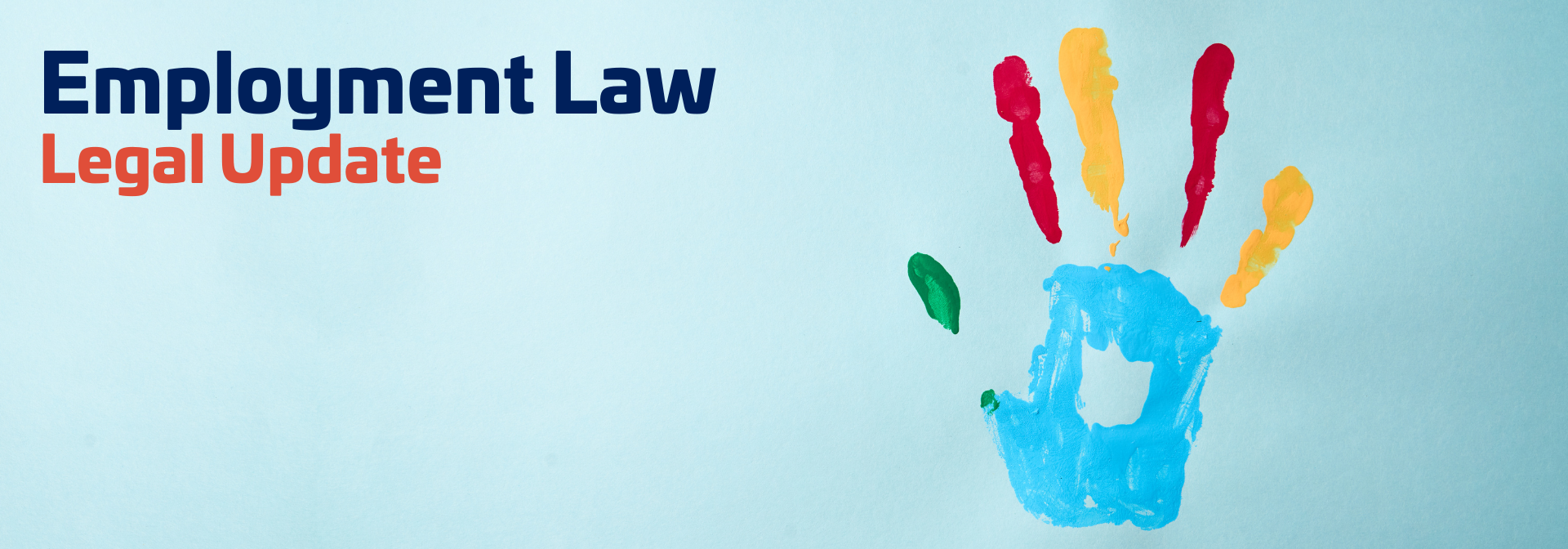Understanding, Supporting and Setting Boundaries
The recent dismissal of MasterChef presenter Gregg Wallace has reignited a complex and important conversation about neurodiversity in the workplace. Wallace, who was let go by the BBC following multiple allegations of inappropriate behaviour, has since revealed that he was diagnosed with autism during the course of the investigation. In his public statement, he suggested that traits associated with his neurodivergence may have contributed to how his actions were perceived, stating: “Certain patterns, shaped by traits I’ve only recently begun to understand, may have been misread”
While Wallace’s comments have sparked sympathy in some quarters, they have also drawn criticism from disability charities and advocates. Several organisations have cautioned against using autism as a justification for misconduct, stating that being autistic is never an excuse for inappropriate behaviour and that such claims risk reinforcing harmful stereotypes.
This situation highlights a critical issue for employers: how to support neurodivergent employees while also maintaining a safe, respectful, and legally compliant workplace for all.
Supporting Neurodiversity: Legal and Ethical Duties
Under the Equality Act 2010, autism is recognised as a disability, and employers have a legal duty to make reasonable adjustments to support neurodivergent employees. This might include adapting communication styles, modifying performance expectations, or providing sensory-friendly workspaces. Creating an inclusive environment not only fulfils legal obligations but also enables employees to thrive and contribute meaningfully.
Employers should also foster a culture of psychological safety, where employees feel comfortable disclosing neurodivergence without fear of stigma or discrimination. Early identification and support can prevent misunderstandings and help address potential issues before they escalate.
When Behaviour Crosses a Line
However, it is equally important to recognise that neurodiversity is not a shield for misconduct. Employers must take all allegations of inappropriate behaviour seriously, regardless of the individual’s neurotype. This includes investigating complaints thoroughly, fairly and taking appropriate action where necessary.
The law does not require employers to tolerate harassment, bullying, or other forms of misconduct simply because the individual involved is neurodivergent. What it does require is that employers consider whether the behaviour is linked to a disability, and whether reasonable adjustments could have prevented or mitigated it. This might involve seeking expert advice, such as an occupational health assessment, or consulting with the employee about their needs.
If, after making reasonable adjustments, the behaviour continues to breach workplace policies or create a hostile environment for others, employers are within their rights to take disciplinary action, provided it is proportionate, evidence-based, and non-discriminatory.
Striking the Right Balance
The case involving Gregg Wallace serves as a timely and nuanced reminder that neurodiversity in the workplace must be approached with both compassion and clarity. Employers have a legal and moral responsibility to create inclusive environments where neurodivergent individuals are supported, understood, and given the opportunity to thrive. This includes making reasonable adjustments, challenging unconscious bias, and fostering a culture where difference is not only accepted but valued.
However, inclusion does not mean the abandonment of standards. Respectful behaviour, professionalism, and adherence to workplace policies are expectations that apply to all employees, regardless of neurotype. Employers must be prepared to navigate the delicate balance between supporting individual needs and protecting the wellbeing and rights of others in the workplace.
This means taking a case-by-case approach, listening, investigating, and making informed decisions based on evidence, expert input, and the law. It also means being transparent with all parties involved, ensuring that disciplinary processes are fair, and that no one feels either unfairly targeted or unfairly excused.
Ultimately, a truly inclusive workplace is one where everyone is held to the same standards, but where the path to meeting those standards is flexible enough to accommodate different ways of thinking, communicating, and behaving. Employers who get this balance right will not only reduce legal risk, they will build stronger, more resilient, and more diverse teams.











